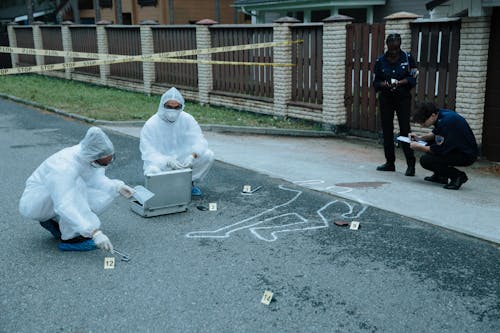What is Digital Forensics?
Digital forensics is the field of forensic science techniques that are based on recovering and investigating data from digital devices used in crimes—primarily cybercrimes. The word digital forensics was coined to replace the word computer forensics. It has been broadened to include the analysis of any gadgets that may store digital data. Even though the first cybercrime was documented in 1978, and the Florida Computer Act was passed the following year, it wasn’t until the mid-nineties that the phrase computer crime became widely known. Government initiatives on digital forensics did not arise until the early twenty-first century.
The method involves identifying, conserving, evaluating, and recording digital evidence. This is done so that the evidence can be presented in a criminal court if required for a particular case.
Steps of Digital Forensics
1. Identification
The very first step of the process is to identify the source of the information of the crime. The information, which is evidence now, is then retrieved from that source.
2. Preservation
Then comes the second step, which is preservation. The information or data recovered from the source is carefully stored and isolated. It can’t be tampered with, there can’t be any changes made, and no one can access it apart from authorized individuals. The data has to be secured at all costs in order for it to have significance if required in a case.
3. Analysis
Now, the data will be analyzed by the professionals. Clues and information will be extracted from it, dots will be connected with the help of it, and conclusions will be reached. Analysis of the data is carried out by law enforcement agencies that have multiple tools and techniques at their disposal.
4. Documentation
After the analysis is complete, all the data will be formally documented. The data is documented in order, and a sort of timeline is created to replicate the crime and the crime scene. Crime scene mapping, sketching, and photography are all done in this step.
5. Presentation
After formal documentation and recording, the data extracted from the source of the crime scene is ready to be presented in court, or to court authorities. It’s summarized, fact-based, and is pivotal in the investigation of a case.
If you feel you have been a victim of a cybercrime, Eclipse Forensics is here to assist you. Our team of digital forensics experts will help you recover or extract all the necessary evidence. Moreover, we also provide audio forensics, video forensics, and file extraction services.
Contact us now and chat with our digital forensic consultants now.


